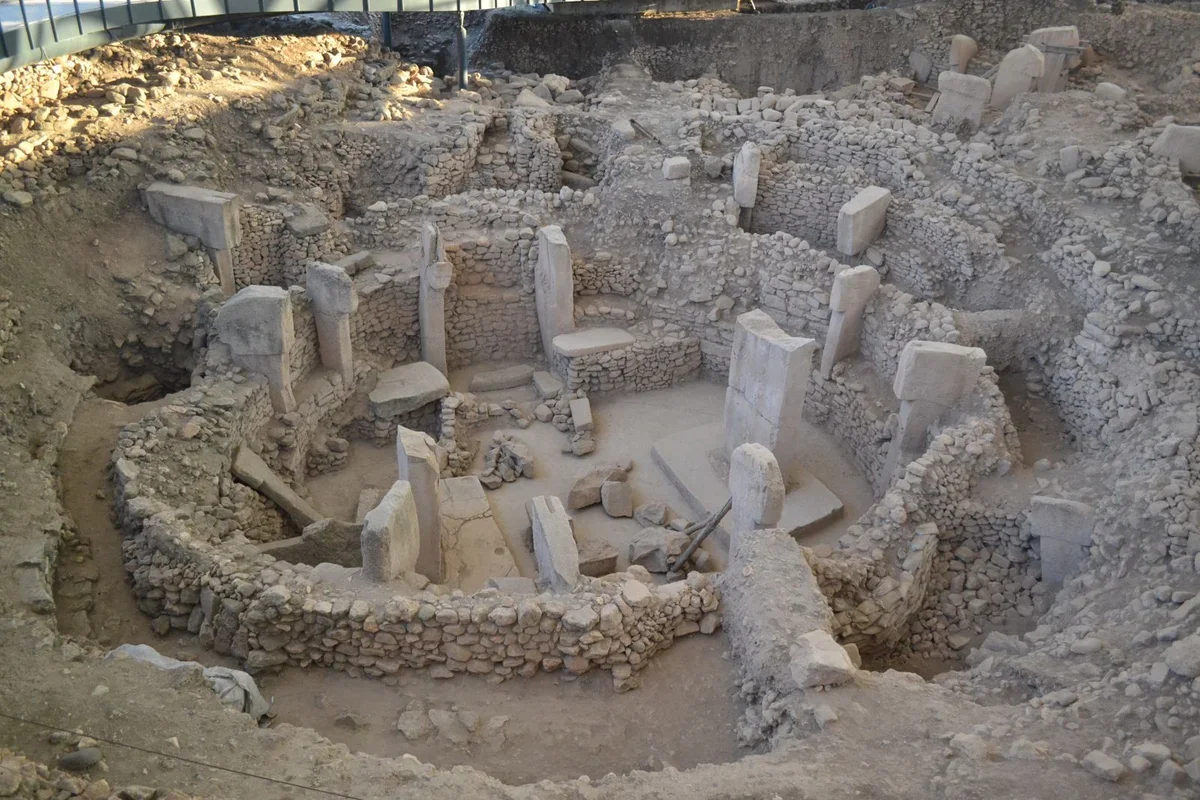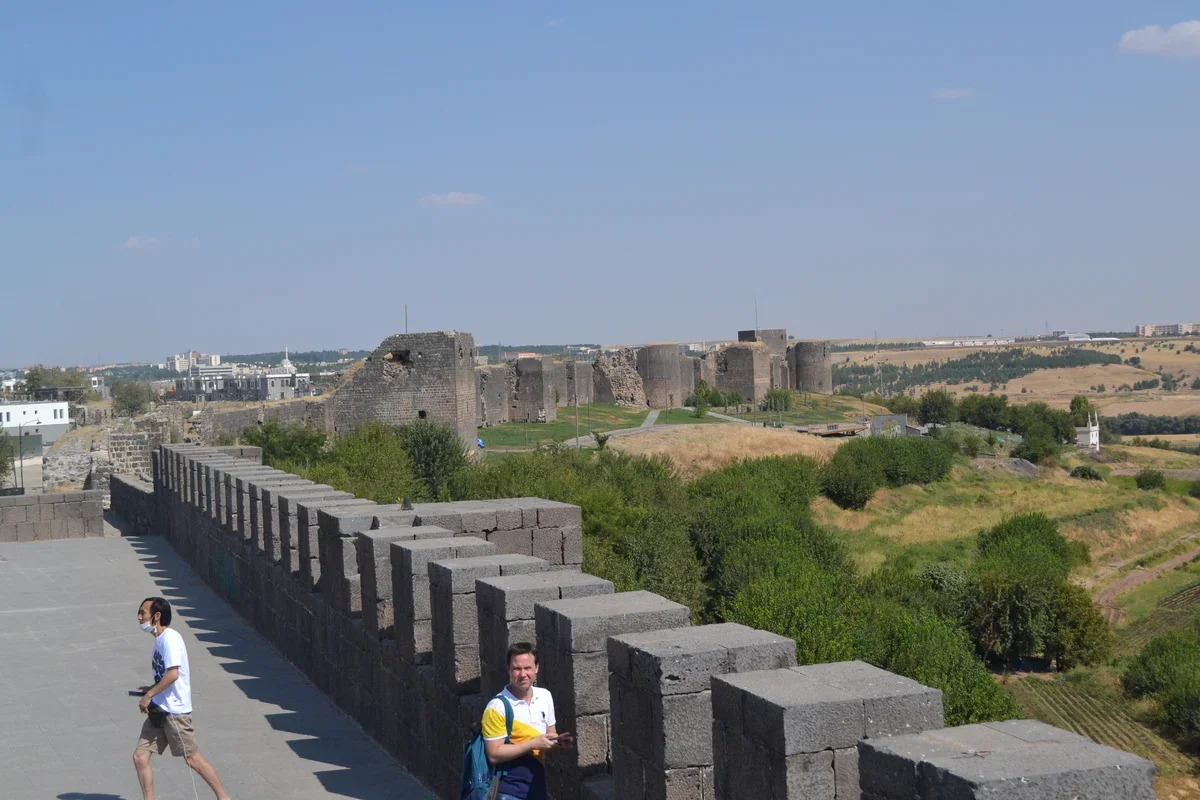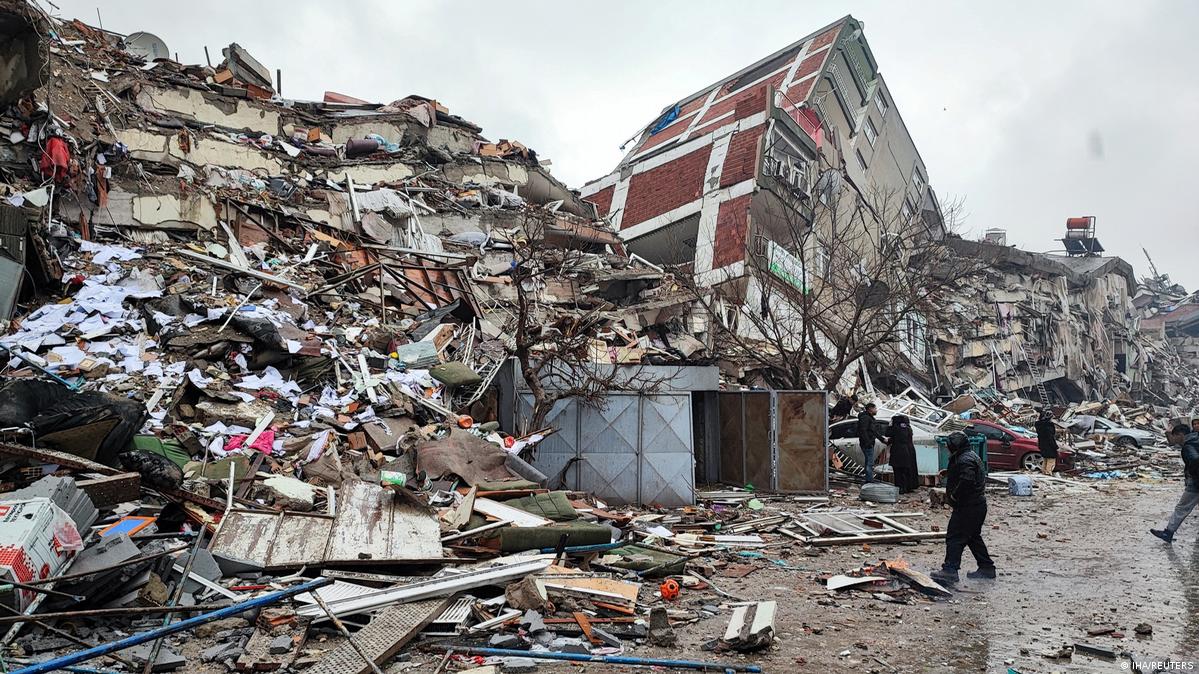In Turkey, Göbekli Tepe is again available for visiting. The oldest temple complex in the world, which is called the “zero point of history”, did not receive tourists for almost 2 months. Several other museum objects in the affected areas have also restored their work.
Göbekli Tepe reopened
Göbekli Tepe, the oldest temple in the world, with a history of more than 12 thousand years, is once again receiving visitors. Immediately after the devastating Kahramanmaras earthquake, it was closed for 50 days as a precautionary measure.
Fortunately, the Göbekli Tepe complex itself was not damaged: no structural damage was found as a result of the research.
“Göbekli Tepe is in the same condition after the earthquake as before. Nothing has changed,” the regional chamber of tourist guides said in a statement.

More than 850,000 people visited the place that is rightly called the “zero point of history” (this mysterious and complex religious complex is older than Stonehenge and the Egyptian pyramids and temples) last year. This year, about 1 million tourists are expected in Göbekli Tepe.
The walls of Diyarbakir survived
The General Directorate of Cultural Heritage and Museums of Turkey assessed the destruction and damage to historical and cultural sites in the provinces of Diyarbakır and Adıyaman.

Thus, the condition of the walls of the ancient fortress of Diyarbakir was recognized as satisfactory. The collapse of the upper teeth in several areas is insignificant.
The city walls of Diyarbakir, built by the Roman emperors, and built of dark gray basalt, are included in the UNESCO World Cultural Heritage List and are one of the main attractions of the entire Mesopotamian region. These are the widest and longest fortress walls in the world after the Great Wall of China: their length is 5500 meters.
Outside the city walls of Diyarbakır, the Melik Ahmet Pasha Mosque (built in the period 1587-1591) was the most damaged in the city.

The mosque is known for its minaret: it is located on 4 monolithic stone columns, symbolizing 4 Islamic movements. This is the only such minaret in all of Asia Minor.
According to experts, there are serious cracks both in the mosque itself and in the minaret. While the conservation of the object is planned, the entrance to the mosque is closed.
The Kyzkalesi fortress also survived, and the mosaics in Khatai survived
The medieval Cilician fortress of Kizkalesi, located on a small island off the coast of the town of Kizkalesi in the Erdemli region of Mersin province, survived the earthquake safely. Only one crack was found in the wall of the large bastion. Restoration work has been underway in the fortress since last year, so tourists are still not allowed there.
The archaeological museum in Khatai, which exhibits floor mosaics of various sizes, also suffered very little damage.
It is in this Turkish museum that a floor mosaic of the 6th century with an area of 1050 square meters is stored, which is considered the largest single mosaic in the world. After minor restoration work (the mosaics and walls were strengthened with a special solution), the museum is again open to visitors.

However, the oldest mosque in Turkey, Habib-i-Najar (638 AD), built in the city of Antakya (ancient Antioch) by the Arabs immediately after the conquest of these lands by them, collapsed as a result of tremors.
In the city of Malatya, almost 5,000 buildings were demolished, and some historical sites were also damaged. So, a 106-year-old house, built of wood and clay and survived 4 earthquakes, was seriously damaged due to the collapse of a neighboring building. A method of restoring the old house, which was part of the tourist route of the city in Eastern Anatolia, is now being discussed.
The earthquake in February was the most destructive in the history of Turkey
According to the Turkish Disaster and Emergency Management Authority, a total of about 22,500 aftershocks have been recorded since the February 6 Kahramanmaras earthquake.
The Office called the February earthquake the most disastrous in the history of Turkey in terms of area of impact, destruction, and loss of life. It claimed the lives of more than 50,000 people and affected almost 15 million who were left without shelter, work, relatives, and friends.

